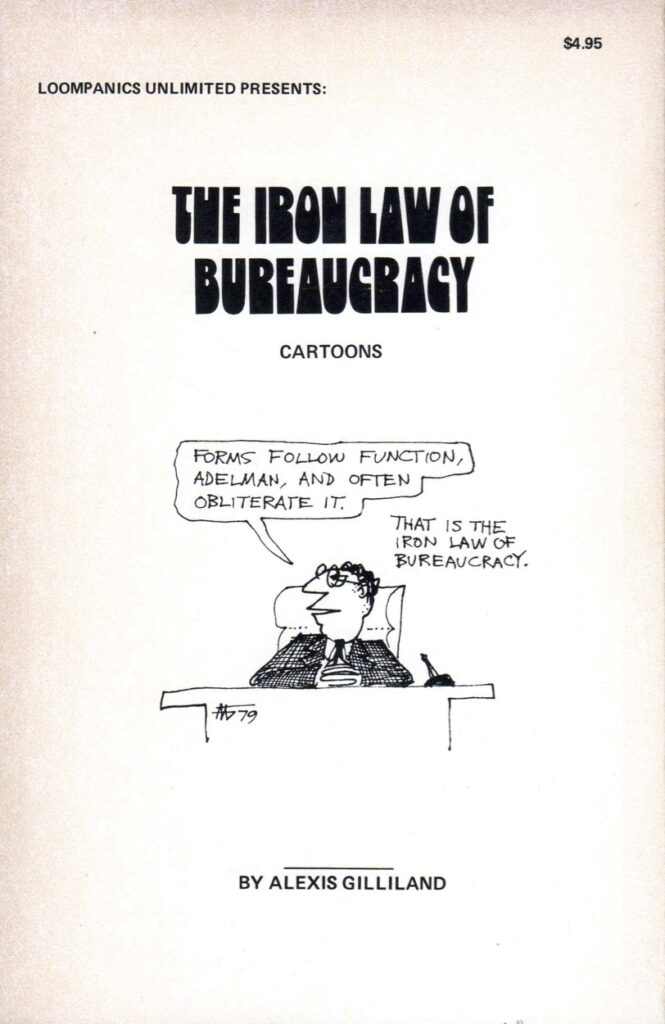Checking in at Minneapolis airport was like going back in time, even then. I was used to modern, up-to-date BA computer systems where you could check in at one of several desks and have your boarding card printed out with seat number and all. [Clearly, though, advance check-in via the internet was still many years in the future.] At Minneapolis there was only one check-in desk for the flight to Washington and this was because seat allocation was done by peeling off a seat number from an aircraft layout sheet and sticking it onto a boarding card. This made sure that any seat could only be allocated once, with the restriction that only one sheet could be used per flight – hence only one check-in desk. Primitive but effective.
I was once queuing for a flight where the BA system had gone down and seat allocation had to be done manually. Naturally, there were no stickers available, so staff were crossing names and seats off a print out, said print out being passed between desks. I boarded the plane with no certainty that my seat would not have to be argued over, nor that my luggage would go on the same plane. But it turned out all right, for me at any rate.
I’d arranged to stay a couple of nights in Washington with Alexis and Dolly Gilliland, who I had spoken to at Chicon. Alexis was best known as a cartoonist. His first collection, The Iron Law of Bureaucracy, was published in 1979 and I have a copy signed by the man himself.

Alexis and Dolly were very hospitable. The room I stayed in had its own en-suite bathroom and TV. I recall switching on the TV and finding a football match, of the American variety. It had about fifteen minutes to go, so I thought I’d watch and then go to sleep. Little did I know of American football. An hour later they had nearly finished.
The next day Avedon took me around Washington to look at monuments and buildings including the National Air and Space Museum, which had bits of air- and space-craft in it, and the National Gallery of Art East Building, which contained modern and contemporary art (the historical stuff being in the West Building) including Picasso’s The Bull lithographs.
When Diana and I went to Florence for a holiday, we went into the modern art wing in one of the museums. We’d enjoyed the modern art in a Stockholm museum on a previous trip. It dawned only gradually that the youngest painting was from around 1850. I guess your sense of ‘modern’ is different against a backdrop of da Vinci, Michelangelo and the Renaissance.
The evening was spent in the company of (my notes say) Avedon, Ted, Dan, Lynette and Terry Hughes(!). The exclamation mark indicated that Terry, the TAFF winner of 1979 – he had come to Seacon ’79, the Worldcon held in Brighton – had ventured out especially to see me, having been fairly reclusive of late, I think through illness. Ted was Ted White, of course, and Dan was surely Dan Steffan, but I have to give my apologies to Lynette for not remembering her full name. At the time, the notes were meant as memory joggers, and I wasn’t expecting to wait 40 years to do the jogging.
Next day I transferred from the Gillilands to Avedon. Already I had a sense of things coming to a close. I had enough socks and underwear to last until Saturday, when I’d fly home, and I had no intention of doing any more laundry to improve the situation. The end of my trip was clearly in view and my enthusiasm for note-taking had diminished. Which is why I don’t have more to say about Washington.
On Thursday, I said goodbye to Avedon. “It’s been really great meeting you.” It was true every time I’d said it on the trip, but it was starting to sound hollow to me, having said it lots of times to different people. They, of course, had heard it only the once from me.
